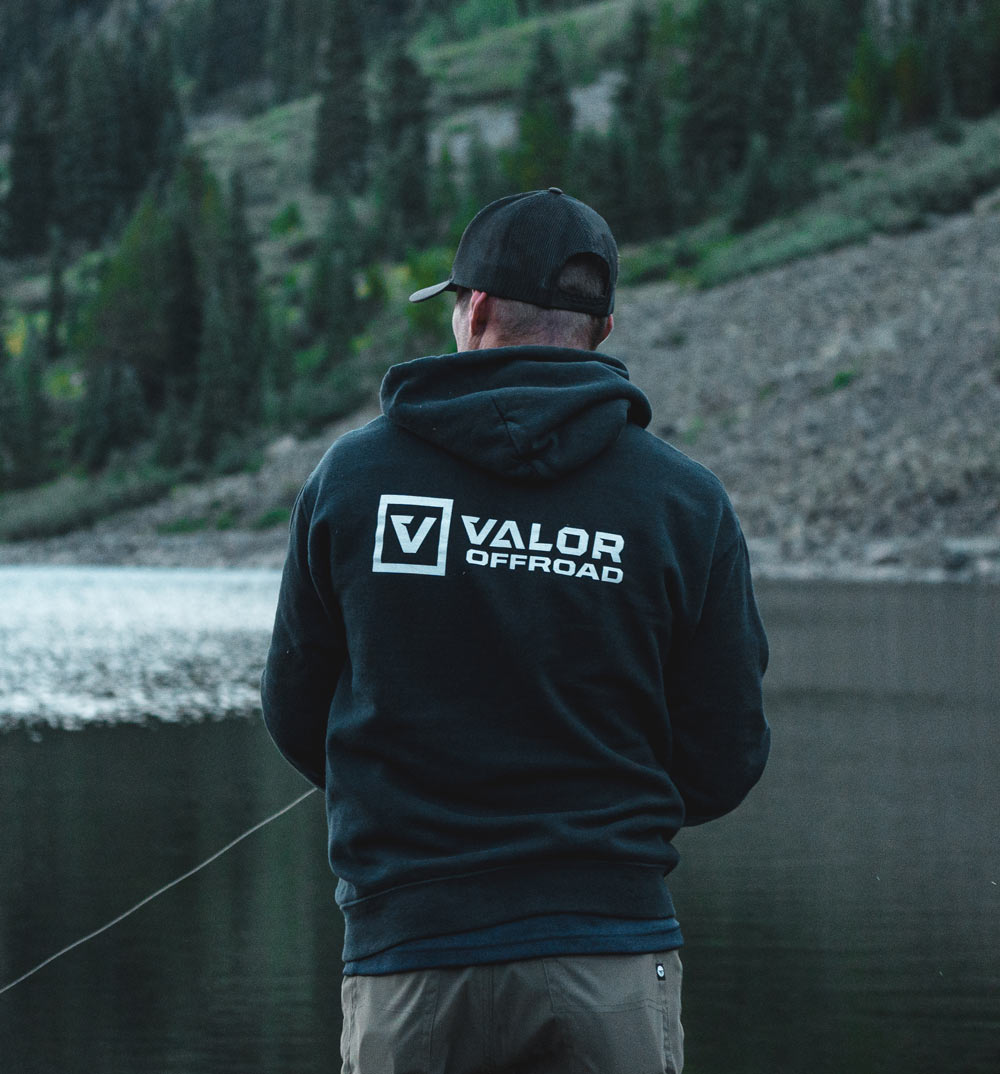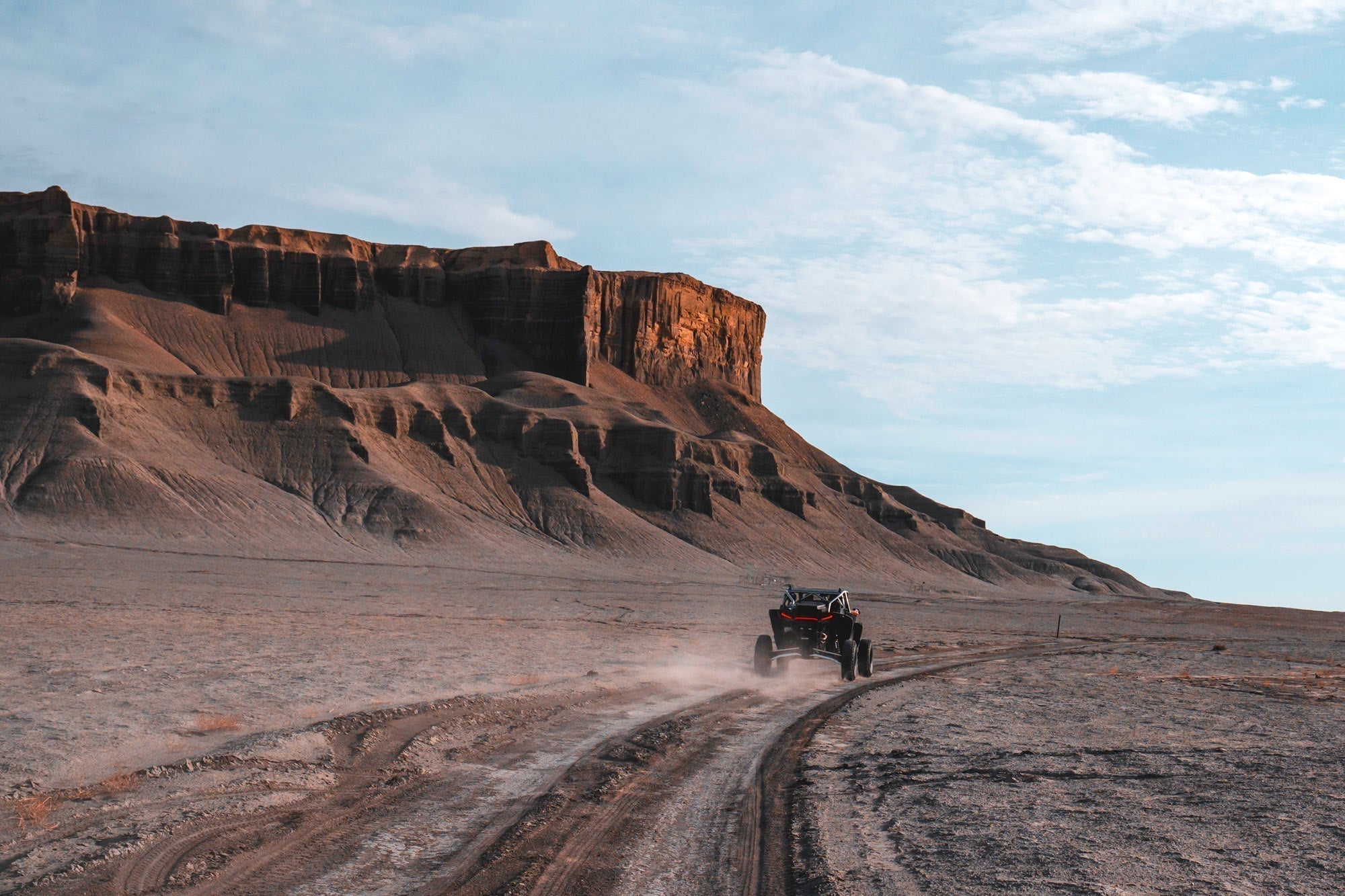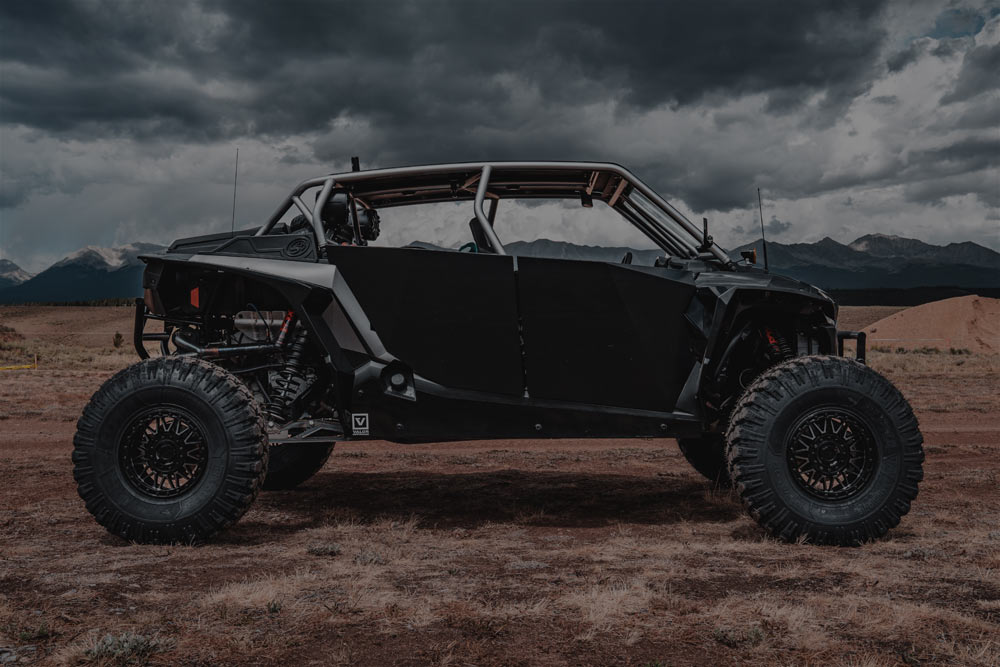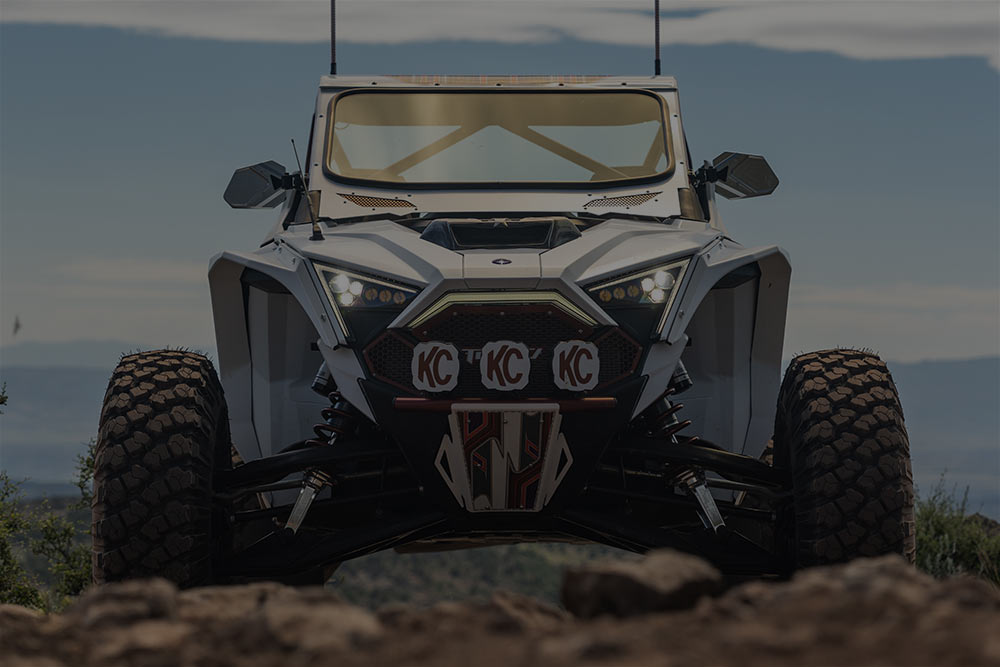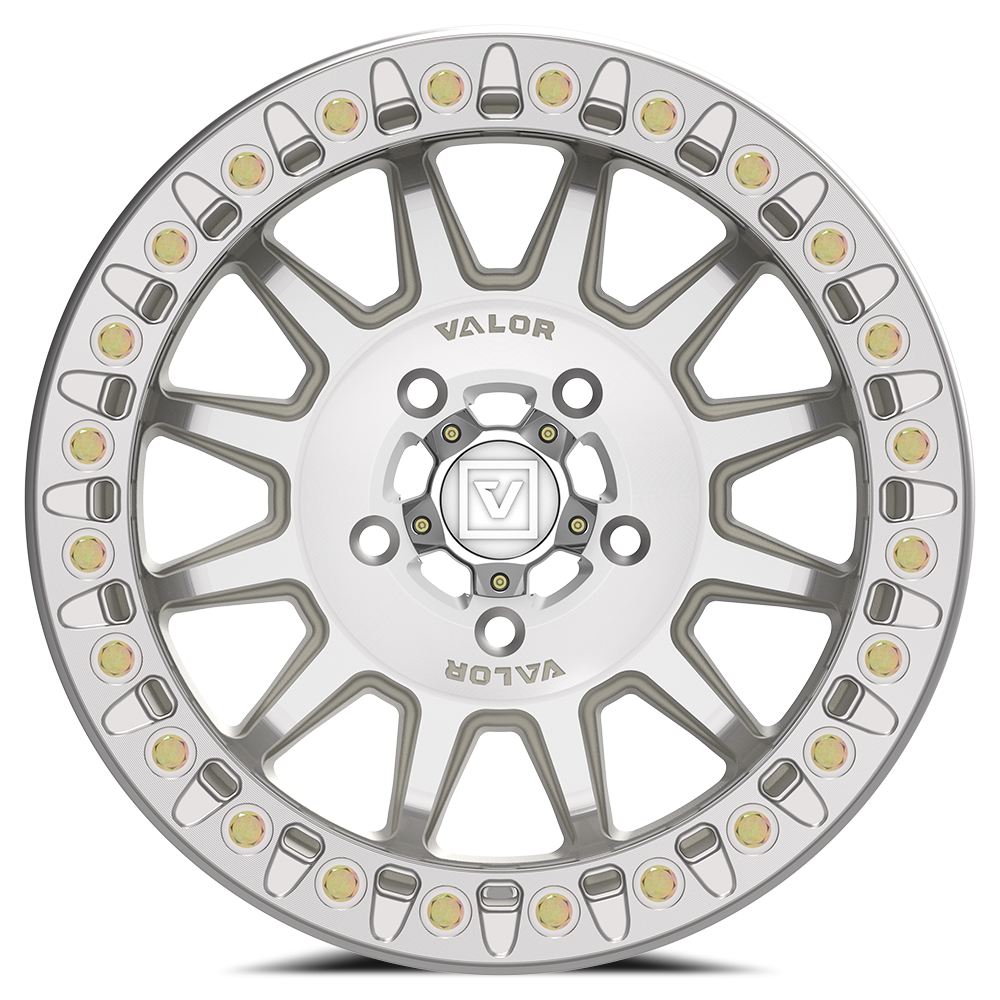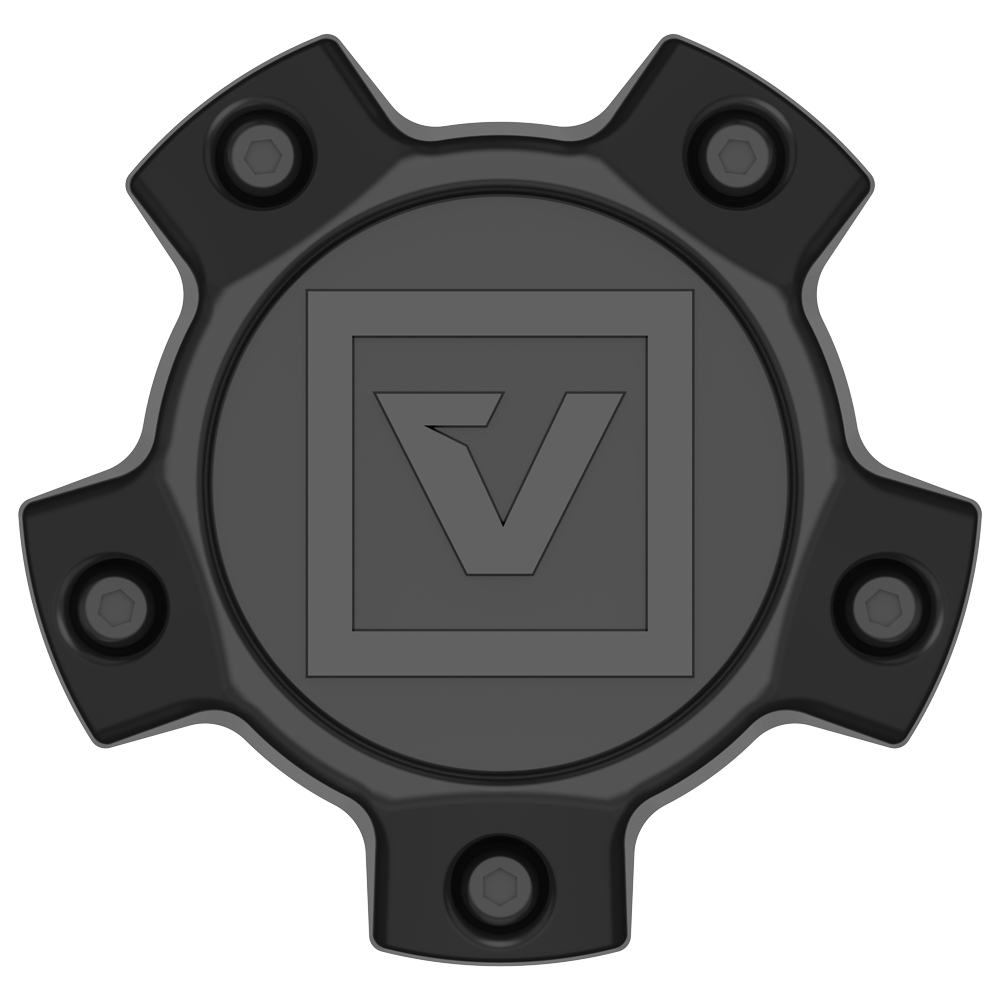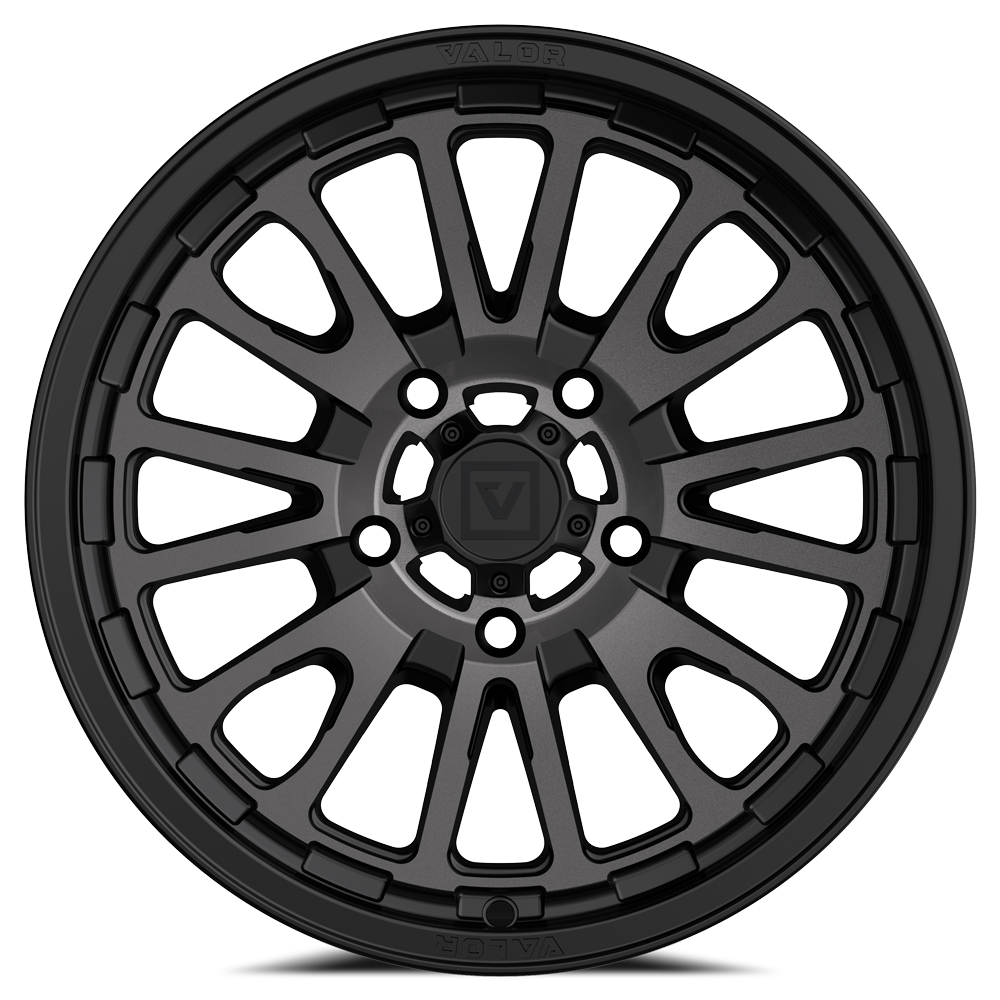If you've ever rotated your tires or had the misfortune of being on the receiving end of a flat tire, you know the old adage to "make sure you tighten your lug nuts after around 20 miles". If you're like most people, you probably shrug this sage advice off as a suggestion more than a requirement. Take a pause here and revisit the picture above. Seriously. It's real and if you don't tighten your lugs after installation or re-installation, you're going to regret it, trust me.
How to install wheels the correct way
Let's make sure we're all on the same page on what the correct procedure is for installing new wheels or rotating your tires to prevent localized wear. Assuming you just received your first set of Valor Offroad wheels, and you're excited to get them mounted on your vehicle, we STRONGLY recommend you have a professional install your wheels and/or tires. If you do not know of a reliable dealer or technician near you, call us and we can help locate one for you. If you insist on mounting your own wheels, you MUST follow all steps below to ensure a proper and safe installation:
- First step is to make sure you have the correct installation kit (lug nuts). Not all lugs are interchangeable and if you're planning to run any Valor Offroad wheels, your OEM stock lugs WILL NOT WORK. You must purchase a spline kit from our Installation Kits. Not sure what kit you need? Check out our Fitment Guide.
- Next, you're going to want to find flat ground to jack your vehicle off the ground. Because UTVs and ATVs do not come with an OEM parking/emergency brake, finding flat ground is your best bet for a safe start.
- Before you start jacking your vehicle up, use a quality torque wrench to loosen the lugs on the wheel while all four tires are still on the ground. This will ensure you're not wrenching on a stuck lug in the air or while the tire is spinning. Getting the lugs loose ensures a safe swap while vehicle is up on jack or rack.
- Using a floor jack or emergency jack from your vehicle, begin to raise your vehicle up enough where the tire rotates freely. Are you plus-sizing your tires (increasing overall diameter)? You're going to want to factor in more room off the ground to allow for new, larger tires.
- Once your vehicle is safely jacked up and wheel and tire are ready to be removed, unscrew all lugs using your fingers or socket. If you need to use the torque wrench, you didn't loosen them enough while on the ground. Stop what you're doing and go back two steps.
- After you swap out your wheels and tires, finger tighten your new spline lugs as far as you can.
- Using the socket only (not attached to torque wrench), tighten lugs down as much as you can using a star pattern (view diagram below).
- Lower the vehicle just enough to where the tires make contact with the ground and prevent the wheel and tire from spinning.
- Using torque wrench, tighten each lug to vehicle OEM spec. Not sure what your OEM spec is? Contact your local dealer or visit your vehicle's owners handbook.
- Completely lower the vehicle down to the ground and using the torque wrench again, ensure all lugs are to spec again using star pattern below. You'll hear an audible noise when lugs are correctly torqued.
HOW TO TIGHTEN LUGS

But wait, there's more!
You MUST re-torque your lugs to OEM spec after no more than 20 miles. This applies to your daily driver, towing trailer, lawn mower and especially your UTV, SxS or ATV. Want a reminder pic of what happens when you don't? Check out the studs below when my tire wobbled off the studs, leaving the lugs behind.

Warning Signs:
How do I know if my lugs are loose?
- Your gut is your best bet to prevent a catastrophic accident. If anything feels "off" with your vehicle, don't wait until you get home, pull over immediately and do a thorough inspection. Look at irregular stud length or abnormal wear on any parts.
- A wobble in your steering wheel is the first dead give away that something is up with one or more of your wheels and/or tires. You'll feel a tug on your steering wheel that will make it wobble back and forth. This may be a subtle wobble but follow step one above and always trust your gut. The wobble may be as simple as you threw a tape weight on your truck wheels or that your alignment is out of whack, but it's always better to be safe than sorry.
- Smoke. If you see or smell smoke, you've already hit the point of no return. Pull over IMMEDIATELY.


